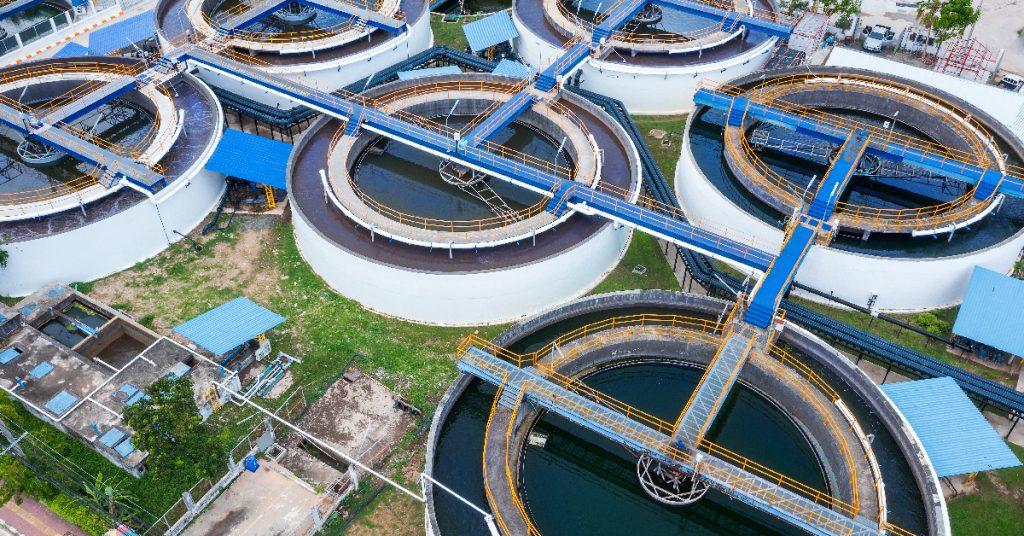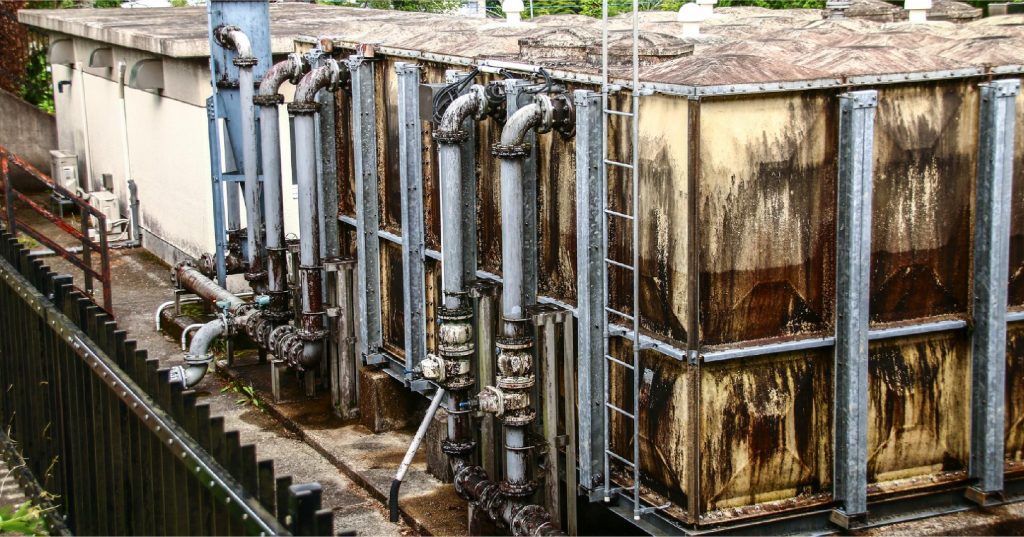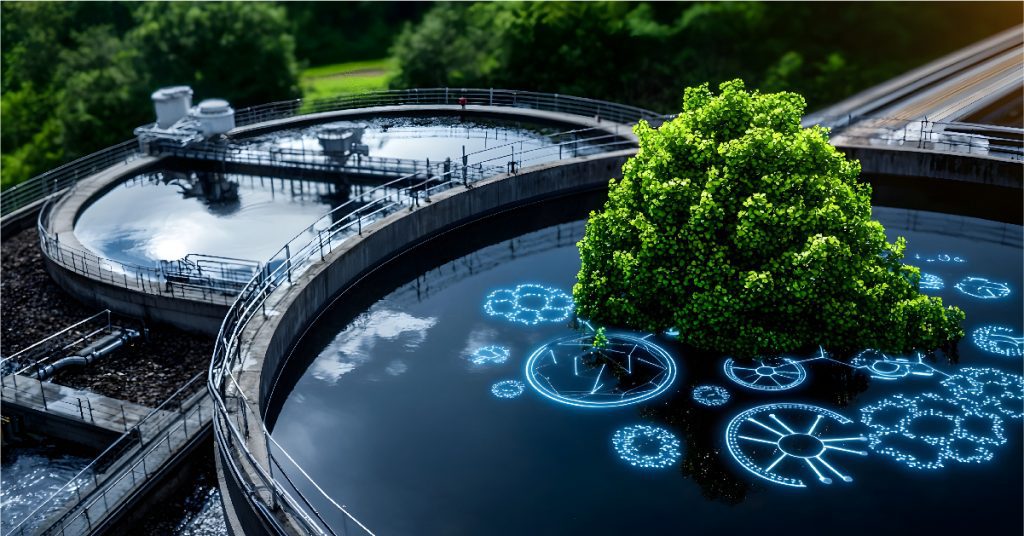In the United States, hard water remains a significant concern for many commercial establishments. Whether it’s a hotel, hospital, restaurant, manufacturing facility, or a large-scale laundry service, the presence of minerals like calcium and magnesium in water can severely affect operations, equipment efficiency, and overall service quality. That’s where a commercial water softener becomes a game-changer.
A commercial water softener system is designed to remove hardness-causing minerals, protecting vital equipment and enhancing the efficiency of daily operations. This blog examines how a commercial water softener can significantly enhance commercial and industrial performance, providing practical insights into sizing, maintenance, and functionality.
How Does a Commercial Water Softener Work?
To understand the importance of a commercial water softener, it’s essential to grasp how it functions. A commercial water softener works on the principle of ion exchange, replacing calcium and magnesium ions (which cause hardness) with sodium or potassium ions. The system typically contains resin beads charged with sodium ions. As hard water flows through the tank, the calcium and magnesium ions cling to the beads, and sodium ions are released in their place.
Over time, the resin becomes saturated and needs regeneration using a salt solution, restoring its softening capacity. This cycle ensures a consistent supply of softened water throughout operations.
The Impact of Hard Water on Commercial Operations
Hard water in commercial settings can lead to:
- Limescale buildup in pipes and equipment
- Reduced efficiency of boilers, water heaters, and dishwashers
- Stiff laundry and increased detergent usage
- Spotty glassware and dishware in hospitality services
- Frequent repairs and equipment downtime
These issues not only raise maintenance costs but also impact customer satisfaction and operational reliability.
Benefits of Commercial Water Softener Systems
Here’s how a commercial water softener system enhances operations across industries:
- Protects Equipment and Infrastructure
Hard water causes limescale deposits in equipment, reducing heat exchange efficiency and clogging pipelines. A commercial water softener system prevents this, extending equipment life and reducing maintenance downtime. - Improves Product and Service Quality
In industries like food service, healthcare, and hospitality, water quality directly affects the end product. Softened water ensures cleaner laundry, shinier glassware, and smoother operations overall. - Reduces Operating Costs
Softened water improves detergent efficiency, reduces water heating energy consumption, and minimizes equipment wear and tear. This results in long-term cost savings. - Supports Sustainability Goals
Efficient commercial water softener systems reduce chemical usage and energy consumption, helping businesses meet sustainability targets and reduce their environmental impact. - Enhances Customer Experience
From spotless cutlery to softer towels and efficient showers, softened water improves user experience in commercial environments, boosting customer satisfaction and brand loyalty.
How to Size a Commercial Water Softener?
Choosing the right size system is crucial for ensuring optimal performance and longevity. If you’re wondering how to size a commercial water softener, here are the key factors to consider:
- Water hardness level (measured in grains per gallon or ppm)
- Daily water usage in gallons
- Peak flow rate required
- Regeneration frequency and downtime
- Type of application (e.g., hospitality, healthcare, manufacturing)
Undersizing the system may result in frequent regeneration cycles, while oversizing can be an unnecessary investment. Consulting with a water treatment expert helps in determining the most efficient configuration for your business needs.
Choosing the Right Commercial Water Softener System
The market offers a range of commercial water softener systems designed to meet various industry-specific requirements. From single-tank systems for small businesses to twin-alternating or multi-tank systems for large-scale operations, the configuration can be tailored to suit your business.
Important features to look for include:
- Smart regeneration controls
- Corrosion-resistant materials
- Space-saving designs
- High-capacity resin
- Flow rate adaptability
Working with a trusted partner ensures your system meets compliance standards and delivers optimal performance over the long term.
Advanced Home Water Softening Solution by Ion Exchange, USA
The ZERO B Duplex Water Softener is the USA’s first truly automatic softener designed specifically for homes, delivering a continuous output of 2000 litres per hour of softened water—even during regeneration. This compact and elegant solution offers several innovations over conventional industrial softeners typically repurposed for domestic use.
Featuring a hands-free design and microcontroller-based intelligent functions, it ensures efficient performance while minimizing salt consumption through optimized salt charging levels. With a long product life supported by a 15-stage chart that delivers clean and healthy water, the softener also eliminates the need for a separate regeneration pump, saving both energy and cost. Its user-friendly interface, lightweight build (55kg), and compact dimensions (71cm x 37cm x 77cm) make it ideal for use in bungalows, laundries, hotels, clubs, jacuzzis, and home spas—ensuring reliable pre-treatment for both hot and cold water applications.
Conclusion
For businesses across the USA, investing in a reliable commercial water softener is not just about protecting equipment—it’s about enhancing operational efficiency, reducing costs, and delivering superior quality to customers. Whether you’re in hospitality, healthcare, education, or manufacturing, a well-sized and properly maintained commercial water softener system becomes a vital asset in your infrastructure.
Understanding how a commercial water softener works, how to size a commercial water softener, and ensuring regular commercial water softener maintenance helps organizations achieve smooth, uninterrupted operations with significant cost savings.





